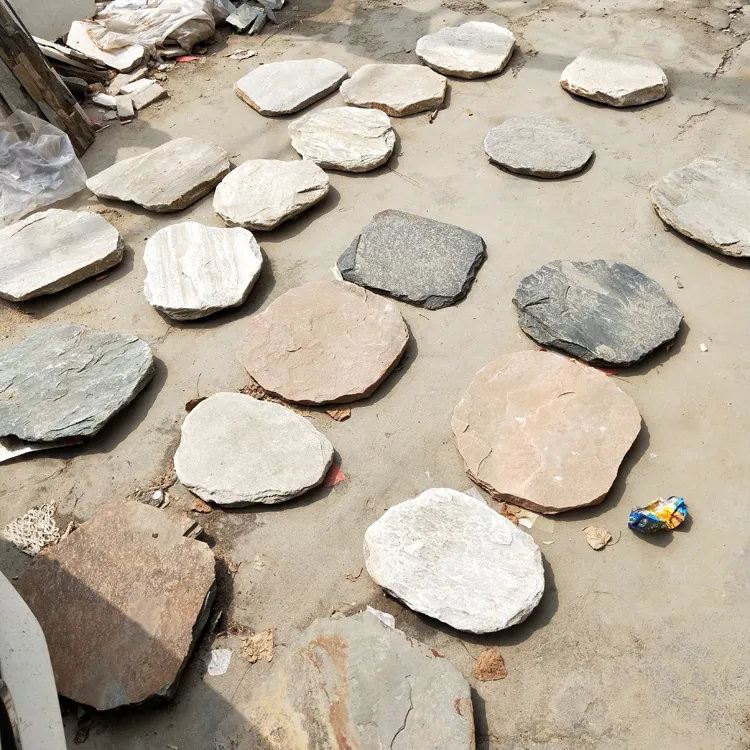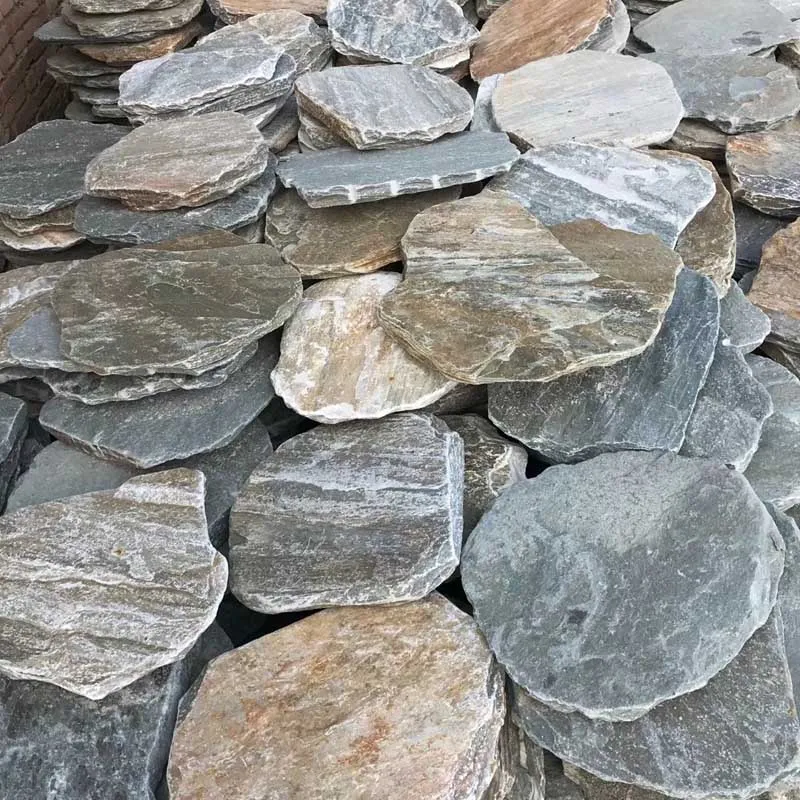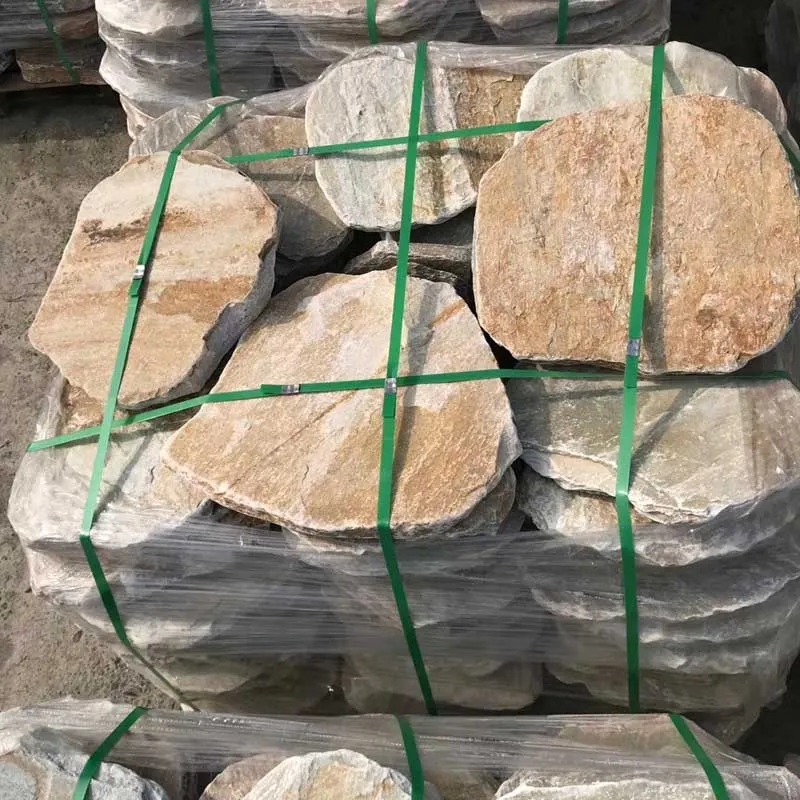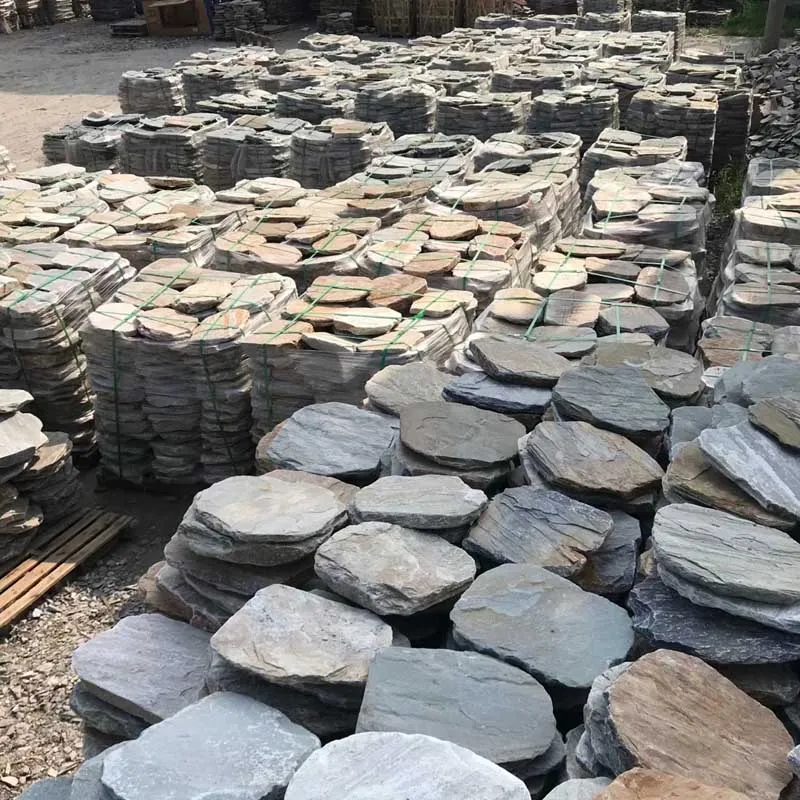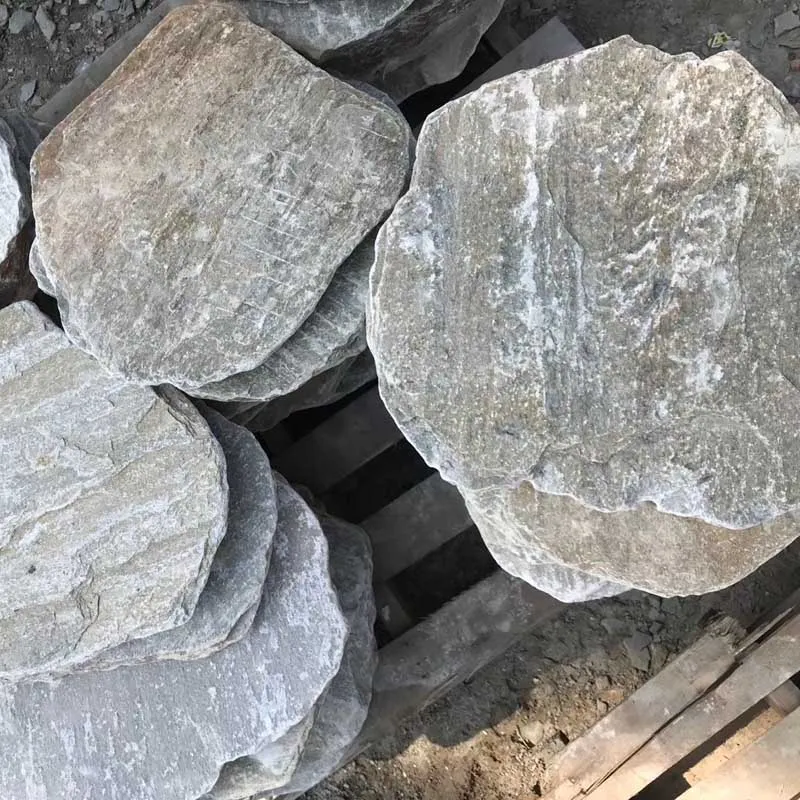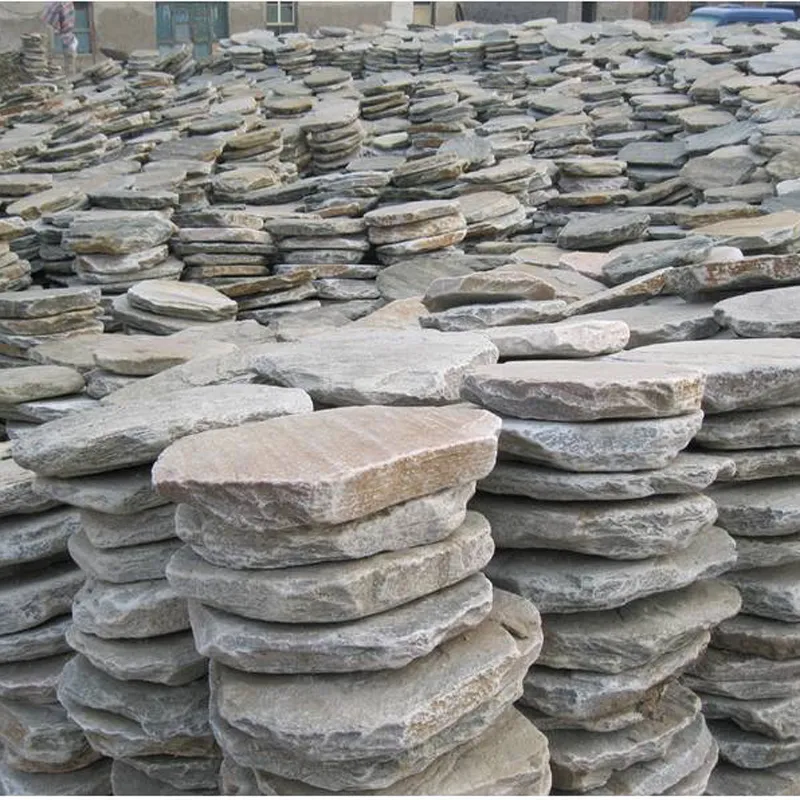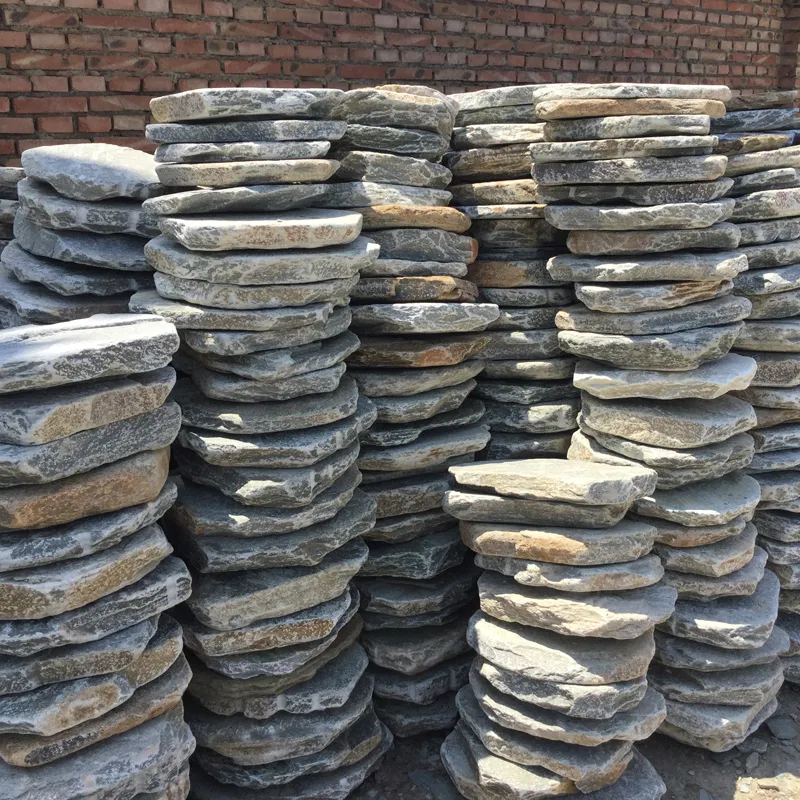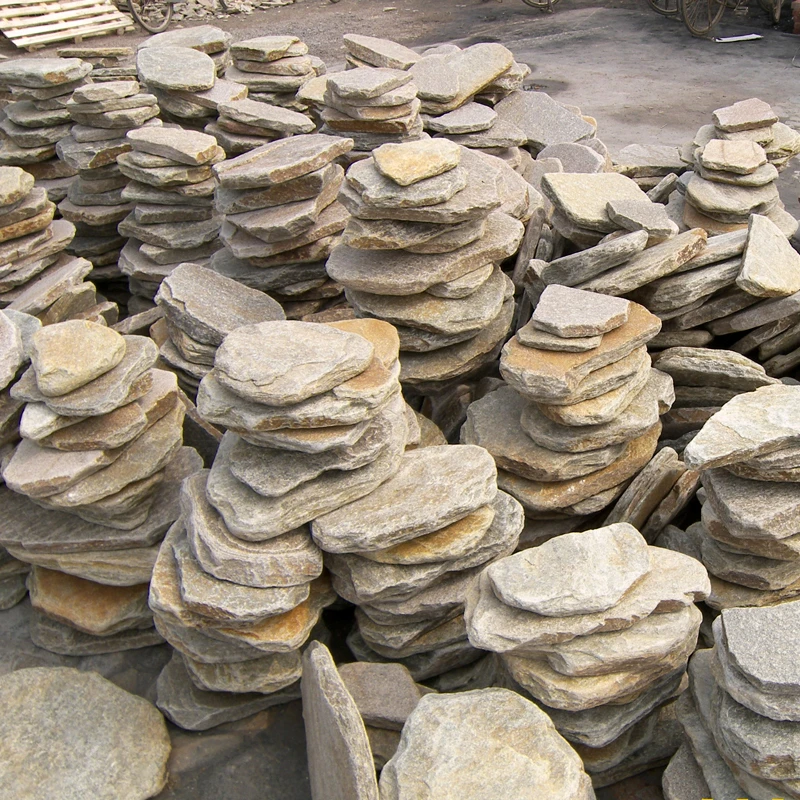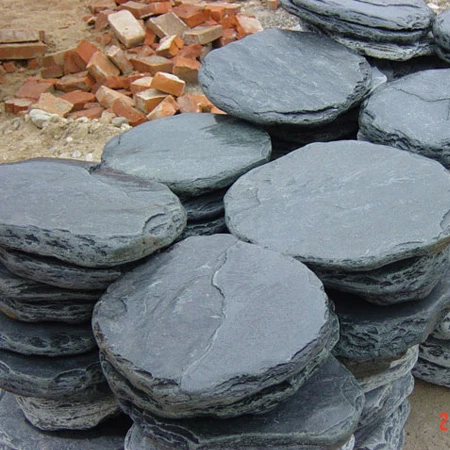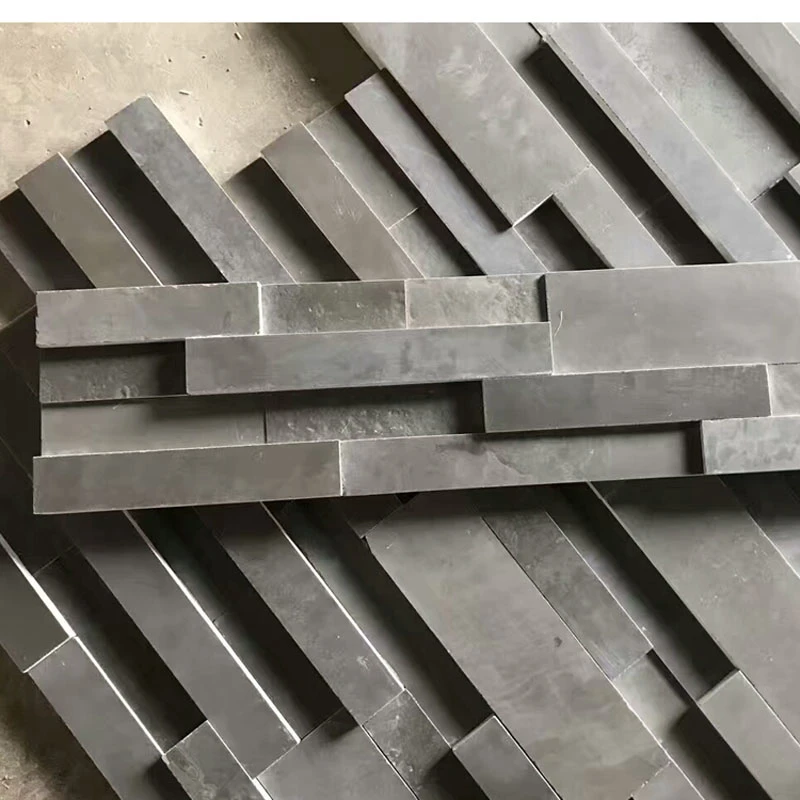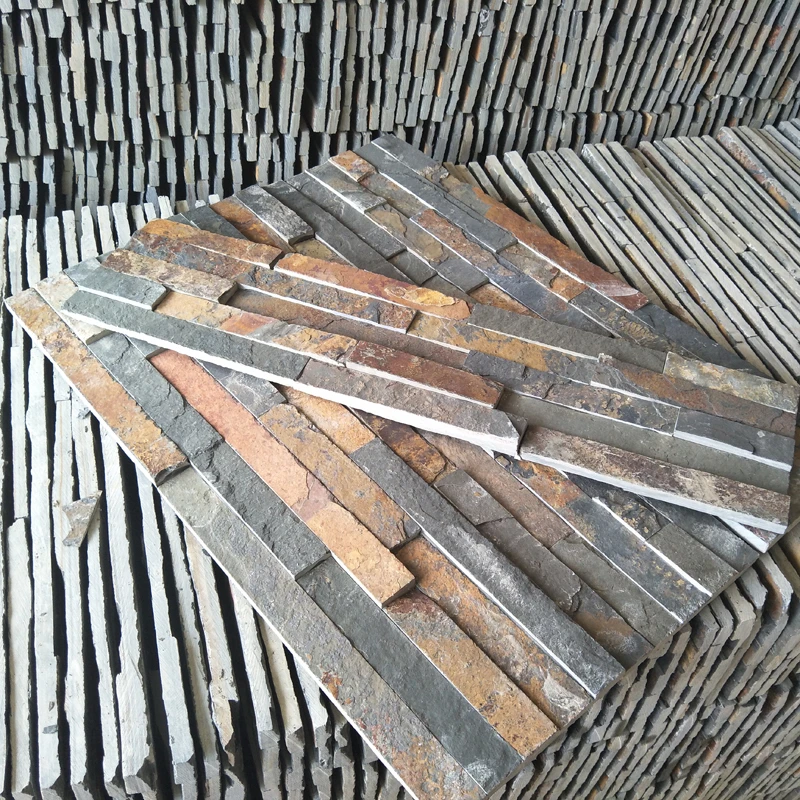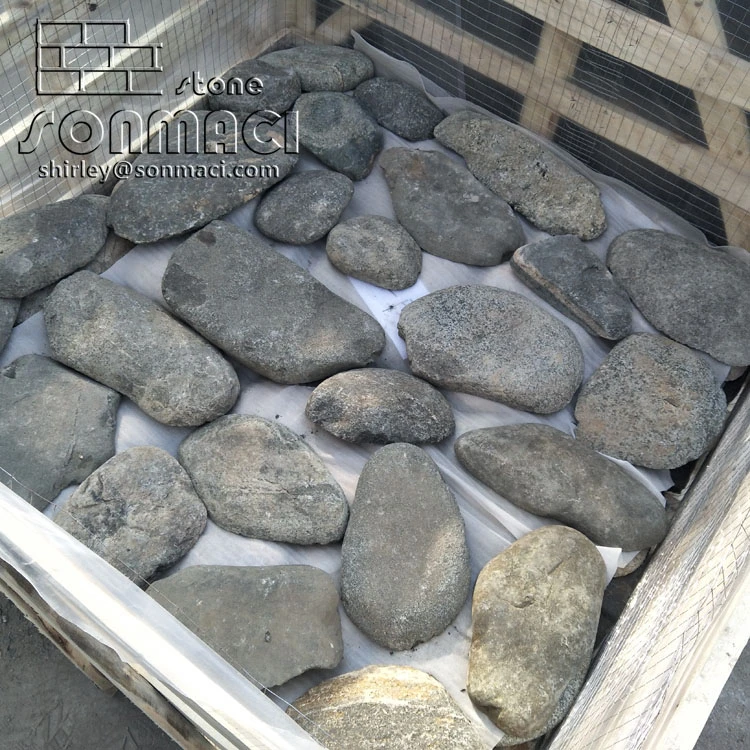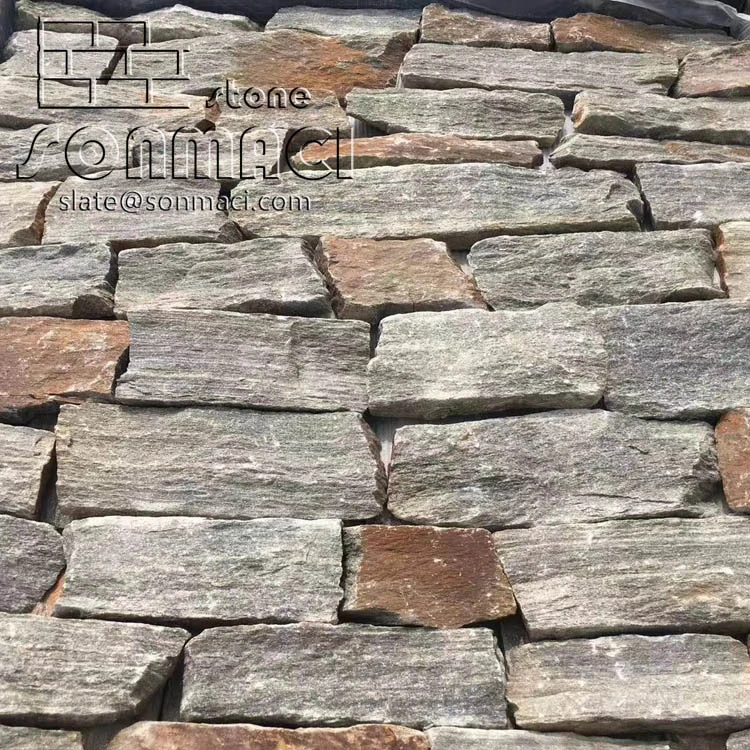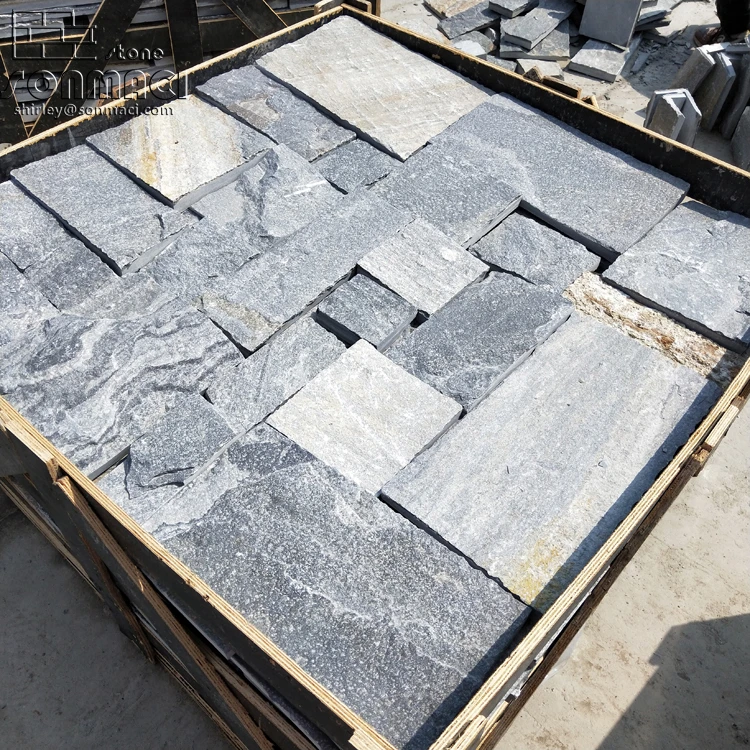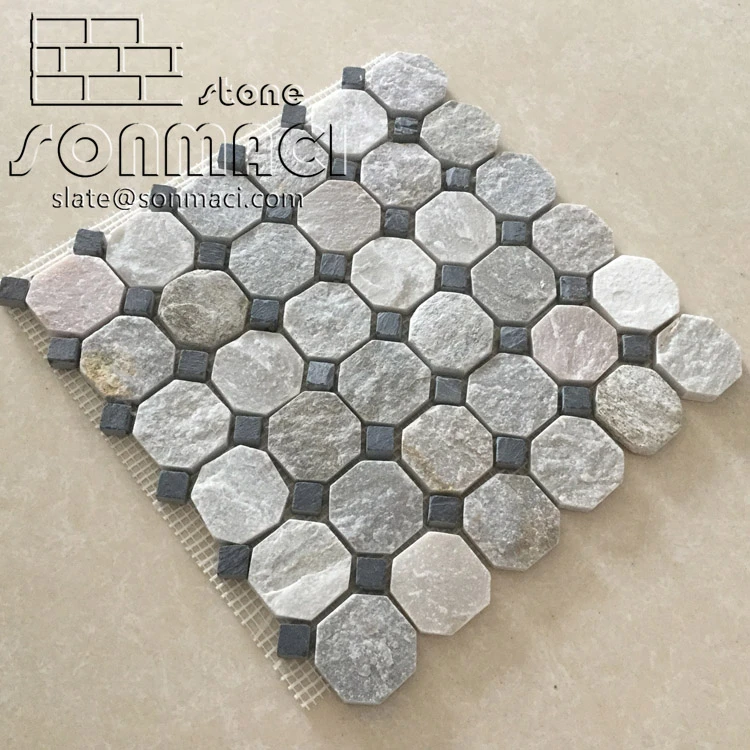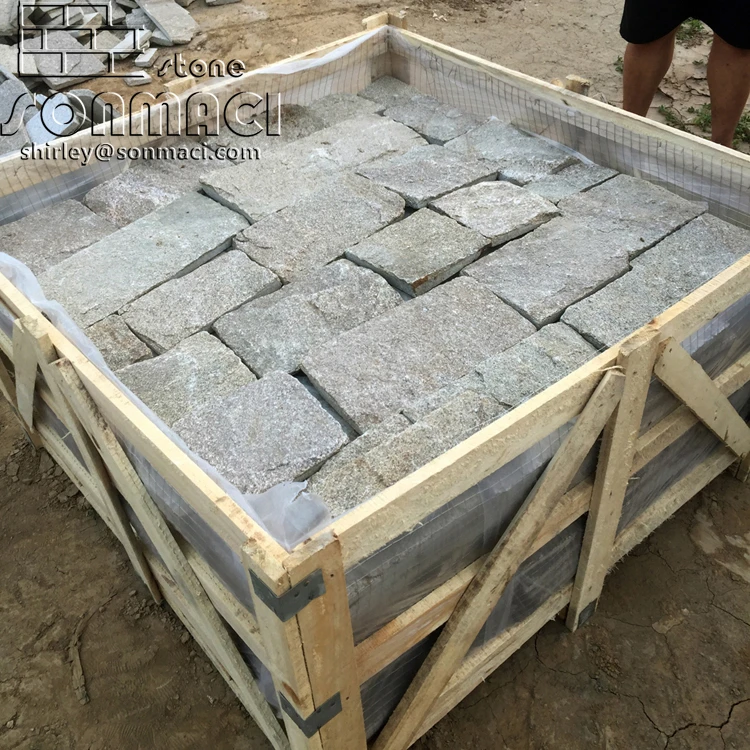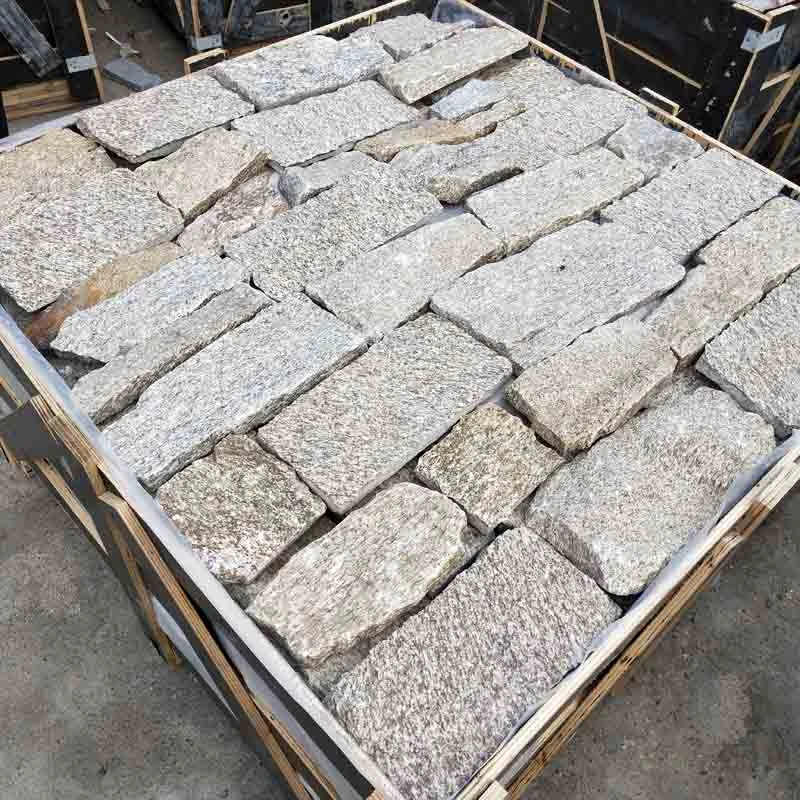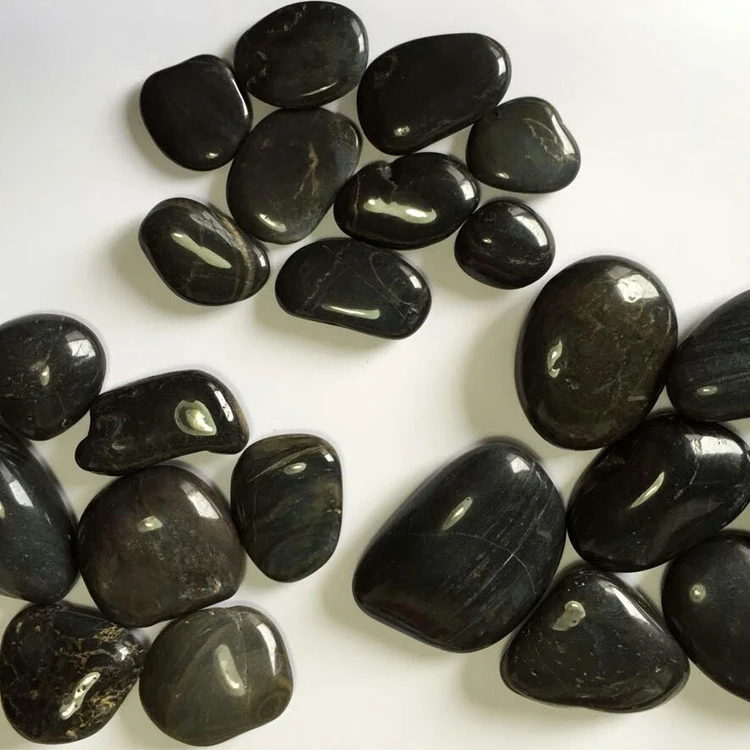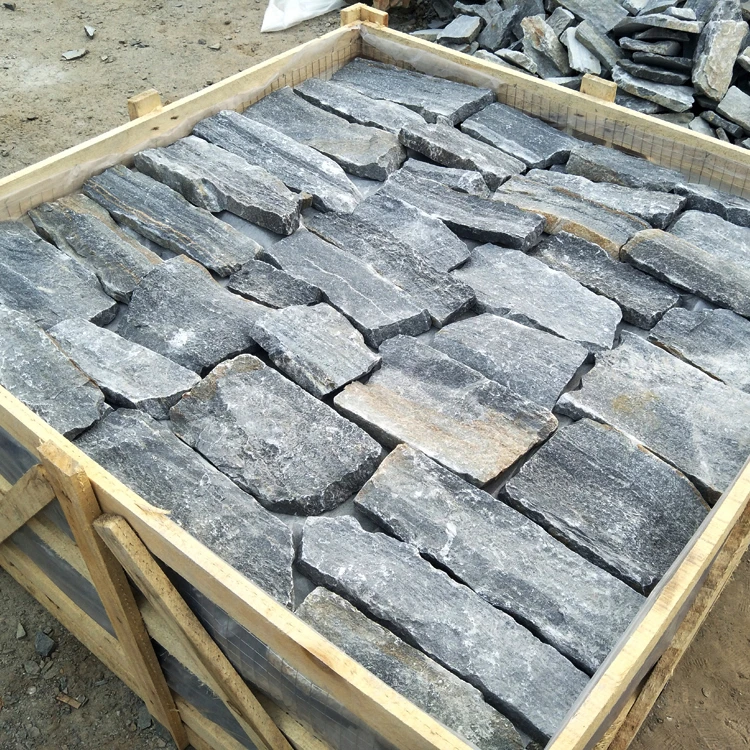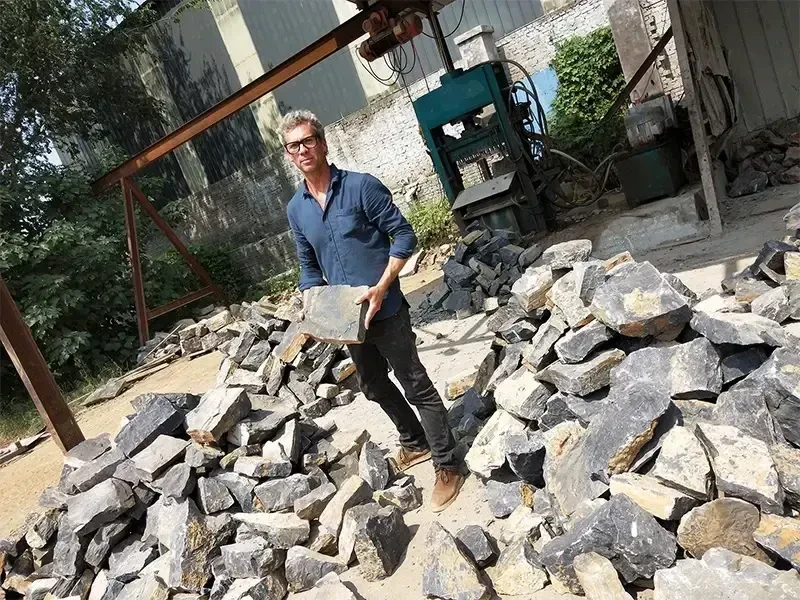Irregular Round Stepping Stone
| Item | Irregular Round Stepping Stone |
| Material | slate / marble and other stone |
| Color | white /green/black/Rusty and more available |
| Surface Finish | Natural. |
| Regular Size | 300-400mm |
| Feature | Riched veins, solid texture and bright colors, low water absorption,Resist acid,light,fire and coldness. |
| Usage | For home and garden decoration. |
| Quality Assurance | Our factory deal with Slate Stone products for over 13 years, with rich experience to control best quality. |
| Packing | About 100pcs /Crates |
| Loading Port | TIANJIN |
| Payment Item | 30% T/T in advance and 70% balance at once against the copy of B/L |
| Delivery Time | 15 days for one 20 FCL after receive the deposit |
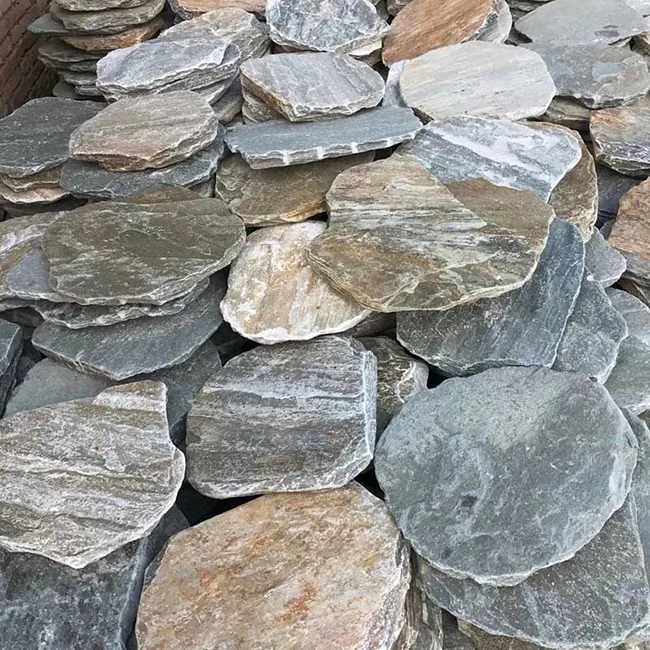
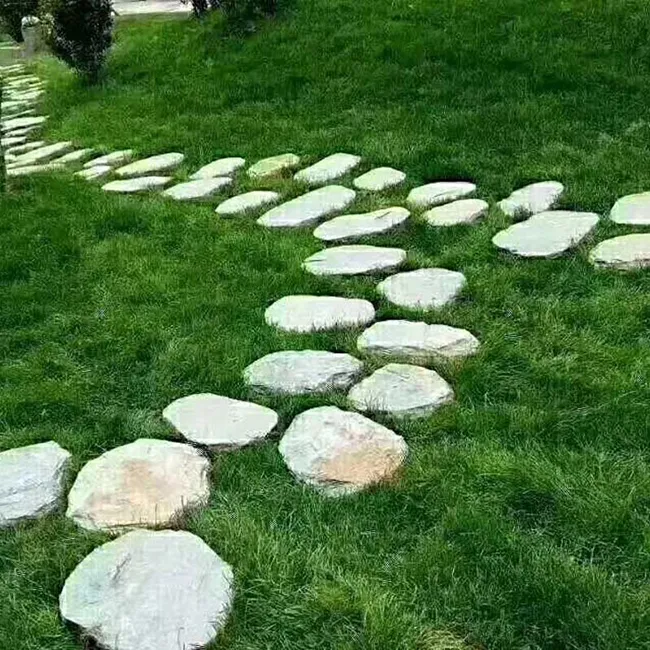
Irregular Stepping Stones for Walkways: A Dance Between Nature and Design
A walkway composed of irregular stepping stones embodies a quiet rebellion against rigid geometry in landscape design, offering instead an organic journey that mirrors nature’s asymmetrical beauty. These unshaped stone fragments, each bearing the unique markings of their geological origins, create pathways that feel discovered rather than imposed—inviting visitors to slow their pace and engage more intimately with the surrounding environment. The irregularity becomes the design philosophy, where no two stones repeat the same silhouette, and the spaces between them hold as much importance as the stones themselves.
The charm of irregular stepping stones lies in their ability to suggest rather than dictate movement. Unlike uniform pavers that command a strict marching rhythm, these naturally shaped stones encourage a more meandering, contemplative progression through the garden. Their placement follows an intuitive logic—sometimes clustered closely where the path needs definition, other times spaced generously to allow plantings to interweave between them. This variability in spacing creates natural pauses that invite walkers to stop and observe surrounding details: the way light filters through nearby foliage, the scent of herbs released when brushed against, or the sudden appearance of a basking lizard on a sun-warmed stone. The path becomes less about efficient transit and more about sensory discovery.
Material selection for irregular stepping stones involves a curatorial eye that balances aesthetics with practicality. Flat sandstone pieces offer fossilized surprises underfoot, their sedimentary layers telling ancient stories. Smooth river rocks provide a water-worn polish that gleams after rain, while cleft granite slabs showcase crystalline patterns that catch the light. The thickness of each stone affects not just stability but also the subtle elevation changes that make walking the path an engaging tactile experience. These natural variations in texture—from the gritty resistance of quartzite to the velvety patina of weathered limestone—add unconscious pleasure to each step, connecting walkers to the earth’s diverse geological personality.
The installation of irregular stepping stones requires a different approach than conventional hardscaping. Rather than imposing an artificial layout, skilled designers “listen” to the stones—identifying each one’s natural leading edge and most stable orientation. The stones are set slightly proud of the soil to allow for settling and to cast subtle shadows that define their shapes more clearly. Surrounding ground covers are often selected to complement this informal arrangement, with low-growing sedums or fragrant chamomile filling the spaces between stones, their softness contrasting beautifully with the stone’s solidity. The result feels like a path that might have been revealed by erosion rather than constructed by human hands.
Maintenance of irregular stepping stone paths follows a philosophy of “dignified aging.” Unlike materials that require chemical cleaners or pressure washing to maintain artificial perfection, natural stones acquire character over time. Lichen patterns add silvery patinas, foot traffic polishes subtle pathways across surfaces, and occasional stone adjustments become opportunities to refresh the path’s composition. This low-intervention approach yields walkways that grow more beautiful with time, their weathered appearance telling the story of years of garden life unfolding around them.
In contemporary landscape design, irregular stepping stones offer solutions for both aesthetic and environmental challenges. They provide stable footing without creating impermeable surfaces that contribute to urban heat islands. Their reflective qualities can brighten shady areas, while their thermal mass helps regulate soil temperature for adjacent plantings. Designers increasingly use them to create “desire paths” that follow natural circulation patterns rather than forcing arbitrary routes, resulting in landscapes that feel intuitively navigable.


